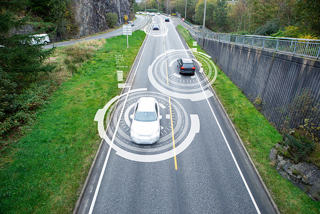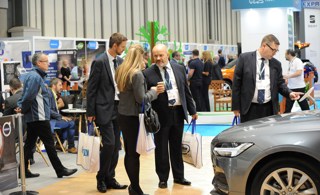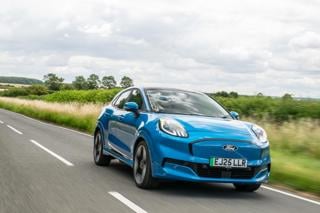Ford and Vodafone have announced a joint testing programme using connected-vehicle technology aimed at reducing costs and saving time for drivers seeking parking spaces in city centres.
According to research data, the average driver spends up to 67 hours a year searching for parking spaces at a cost of more than £1,100. The new system, called Parking Space Guidance, could therefor save fleet decision makers thousands of pounds in lost time, as well as substantial fuel costs.
The data also shows that some local authority car park occupancy rates can be as low as 50 per cent. Little wonder then, that as previously reported by Fleet News, the marketplace is seeing a rise in connected parking apps partnerships.
Tobias Wallerius, engineer, Product Development, Ford of Europe, said: “Satnavs are great at helping us to get to our destination but aren’t so useful when it comes to helping us to park there – especially in city centres,”
“Parking Space Guidance is a connected‑vehicle technology that could help drivers to more quickly complete their journey, saving them money, time and benefitting overall air quality.”
Parking Space Guidance, which is updated in real-time based on car park data, is being trialled by Ford and Vodafone as part of the KoMoD (Kooperative Mobilität im digitalen Testfeld Düsseldorf) programme, in Germany, a €15 million cross-industry project testing new connected‑vehicle and automated driving technologies.
Further features being demonstrated as part of the KoMoD programme include:
- Traffic Light Assistance System, in which the time remaining on upcoming red or green traffic signals is displayed on the instrument panel. Advance warning of a red light can reduce hard braking, which could lead to safety, fuel economy and traffic flow benefits as drivers adjust their speeds accordingly.
- Tunnel Information System which provides advance information about lane closures, speed limits and slow-moving vehicles in tunnels up ahead.
- Vario Display delivers up-to-date information to the instrument cluster about major events that may impact local traffic, such as exhibitions, concerts or football matches.
- Traffic Control Systems on the motorway help to improve the overall traffic flow by adapting speed limits.
- Smart Traffic Sign Transmission sends speed limit and hazard sign information directly to vehicle displays. While traffic sign recognition using cameras is present in many vehicles, it can be challenged in poor weather or surrounded by high-sided vehicles. Transmitting sign information to the vehicle using a cellular connection directly from the sign or a nearby road-side unit ensures drivers see important safety information.
- Bad Weather Warning automatically communicates weather conditions from one vehicle to others nearby; for example, if a vehicle's automated windscreen wipers detect rain, it will broadcast this to advise nearby drivers via their in-vehicle displays in case they may wish to adjust their speed or route.
If you’re a fleet decision maker looking to control costs, why not take a look at our car running costs and regional fuel price comparison tools.





















Login to comment
Comments
No comments have been made yet.